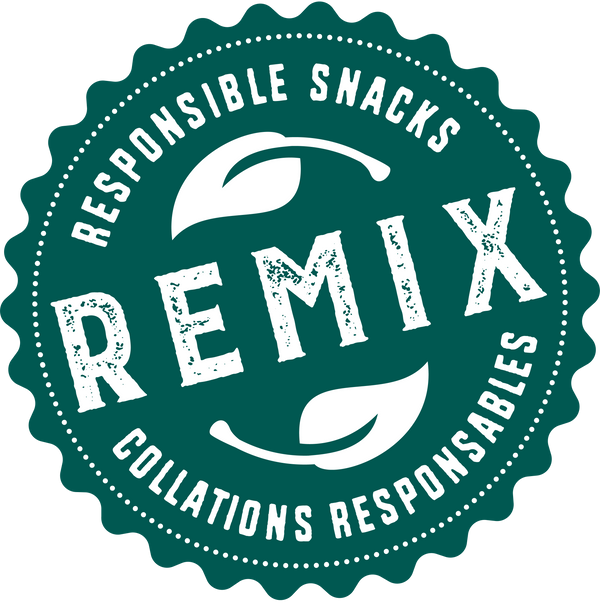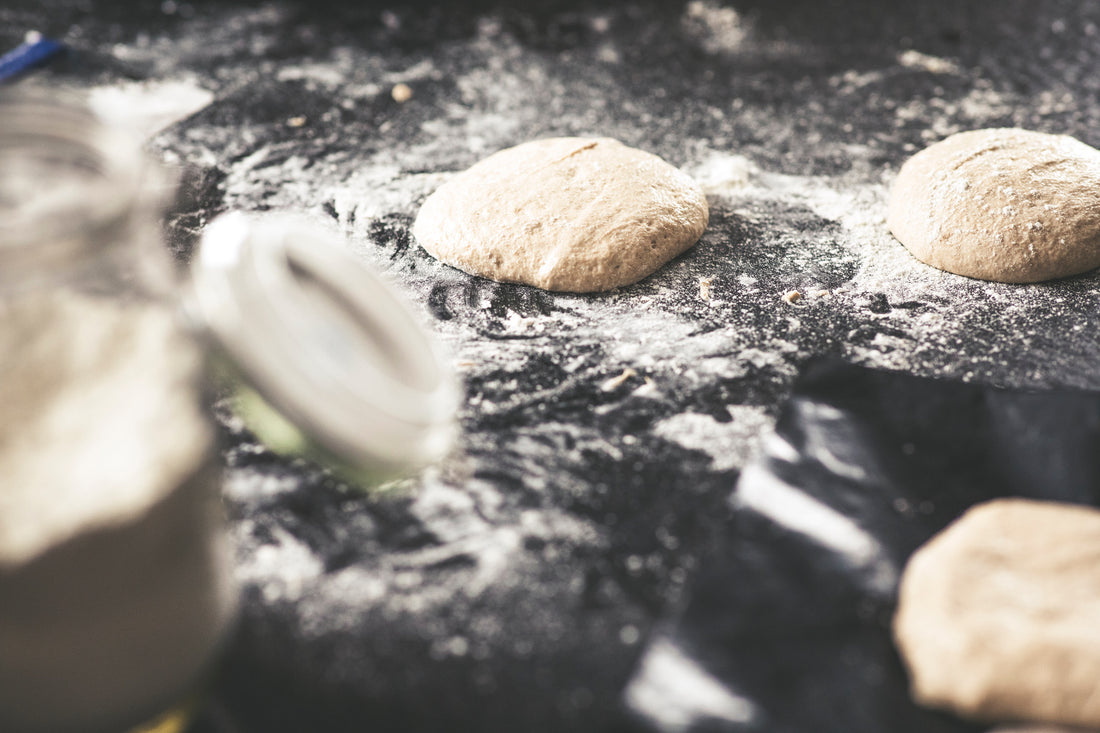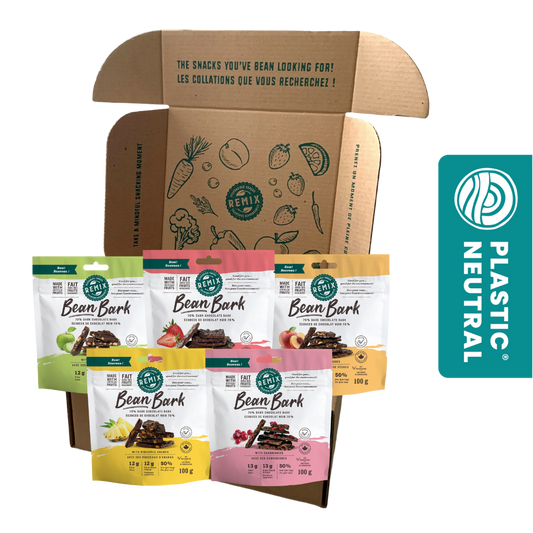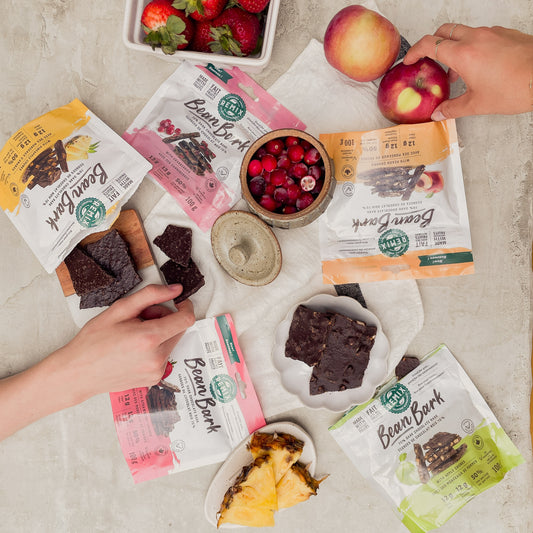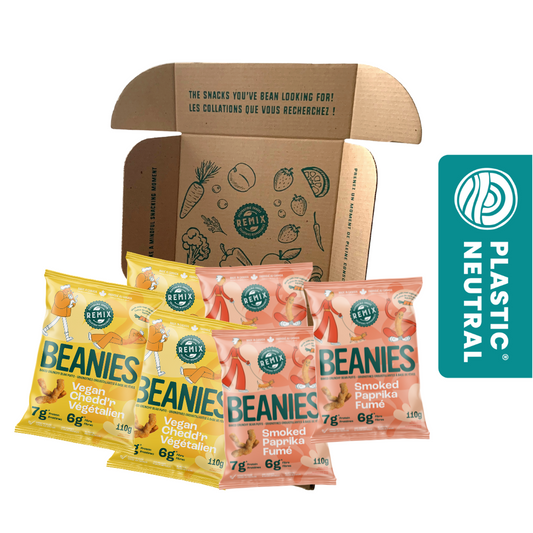Written by: Caitlin Hier, October 2023
How we taste our food is controlled through biological mechanisms such as taste receptors on the tongue (Gravina et al., 2013). There are 5 tastes; sweet, bitter, sour, salty and umami. Umami flavour is of greatest interest when discussing yeast extracts. However, first, let us discuss what yeast extract is and how it relates to the flavour and taste of our food.
What is yeast extract and how is it used as a flavouring agent?
Yeasts are microscopic unicellular fungi that are often used in food production and cooking in multiple forms such as nutritional yeast, inactivated dry yeast or as yeast extracts. Yeast is often associated with fermentation. Fermentation has been used for 10,000 years, its roots beginning with alcoholic beverages and bread. One of the most frequently used yeasts for fermentation is Saccharomyces cerevisiae, more well known as brewer’s or baker’s yeast because of its common use in brewing beer and baking bread. Over the years, yeast has expanded from alcohol and bread production to being used for its natural flavoring (Carrau et al., 2017).
Yeast extracts are created from the content inside of the yeast cell. The cell wall of the yeast is broken down and the elements such as the proteins, amino acids (the building blocks of proteins) and B-vitamins are made into a concentrate to form yeast extract (Tomé, 2021). The process of forming yeast extract is highlighted in the image below.

(https://www.yeastextract.info/2020/04/23/from-fresh-yeast-to-yeast-extract-the-production-of-a-versatile-ingredient/) Information cross-referenced with (Tomé, 2021)
The exact composition of nutrients in yeast extract can vary depending on the production conditions, however, yeast extract contains an array of free amino acids such as glycine, alanine and the amino acid of interest, glutamic acid (Tomé, 2021). The main nutrition composition is outlined in the table below.
Nutrient Composition of Dried Yeast Extract
|
For 100 g |
Dried Yeast Extract |
|
Protein (g) |
69 |
|
Fat (g) |
< 0.5 |
|
Carbohydrate (g) |
7 - 13 |
|
B1 (thiamine) mg |
10 - 12 |
|
B2 (riboflavine) mg |
8 - 12 |
|
B3 (niacin) mg |
90 - 110 |
|
B5 (pantothenic acid) mg |
12 - 20 |
|
B6 (pyridoxine) mg |
6 - 8 |
*Data from a study conducted by Tomé 2021
What is umami?
If you are a fan of cooking shows, you may have heard the chefs talk about a dish having umami flavour. The Japanese word umami is used to describe the savoury taste that comes from amino acids making contact with taste receptors. This stands to reason because the umami receptor responds to all of the 20 amino acids. However, the umami receptors respond the strongest to glutamate or the amino acid glutamic acid (Gravina et al., 2013). Monosodium glutamate or MSG, is frequently found in many packaged foods such as canned soups, meats and instant noodle products. This is added in order to provide these products with a lot of flavour, or umami.
Is yeast extract natural and safe?
In recent years, many individuals look for more natural products to flavour their foods, which is what caused the rise in yeast extract. Yeast extract has been seen to be a successful natural replacement for MSG (Wang et al., 2019). Yeast extract contains amino acids including glutamate which is how they can cause a comparable flavor to MSG. Furthermore, yeast extract has been seen to have antioxidant properties that can be beneficial. Because of its nutrient and safety profile, yeast extract is recognized as safe as well as a natural way of providing flavours in many food products (Tao et al., 2023).
Which do Remix products use yeast extract?
The Vegan Chedd’r Beanies use yeast extract. Many vegan products who aim to mimic the taste of cheese or meat use yeast extract in order to incorporate that umami flavour into the product. We use this to create the cheddar cheese taste, while keeping it vegan and dairy free so people with dietary restrictions can enjoy our snacks too. Which is why you can count on the Vegan Chedd’r Beanies to not compromise on flavour!
References
Carrau, F., Boido, E., Dellacassa, E. (2017). Yeast Diversity and Flavor Compounds. In: Mérillon, JM., Ramawat, K. (eds) Fungal Metabolites. Reference Series in Phytochemistry. Springer, Cham. https://doi.org/10.1007/978-3-319-25001-4_32
Gravina, S. A., Yep, G. L., & Khan, M. (2013). Human biology of taste. Annals of Saudi medicine, 33(3), 217–222. https://doi.org/10.5144/0256-4947.2013.217
Tao, Z., Yuan, H., Liu, M., Liu, Q., Zhang, S., Liu, H., Jiang, Y., Huang, D., & Wang, T. (2023). Yeast Extract: Characteristics, Production, Applications and Future Perspectives. Journal of microbiology and biotechnology, 33(2), 151–166. https://doi.org/10.4014/jmb.2207.07057
Tomé, D. (2021). Yeast extracts: Nutritional and flavoring food ingredients. ACS Food Science & Technology, 1(4), 487–494. https://doi.org/10.1021/acsfoodscitech.0c00131
Wang, S., Zhang, S., & Adhikari, K. (2019). Influence of Monosodium Glutamate and Its Substitutes on Sensory Characteristics and Consumer Perceptions of Chicken Soup. Foods (Basel, Switzerland), 8(2), 71. https://doi- org.proxy3.library.mcgill.ca/10.3390/foods8020071
